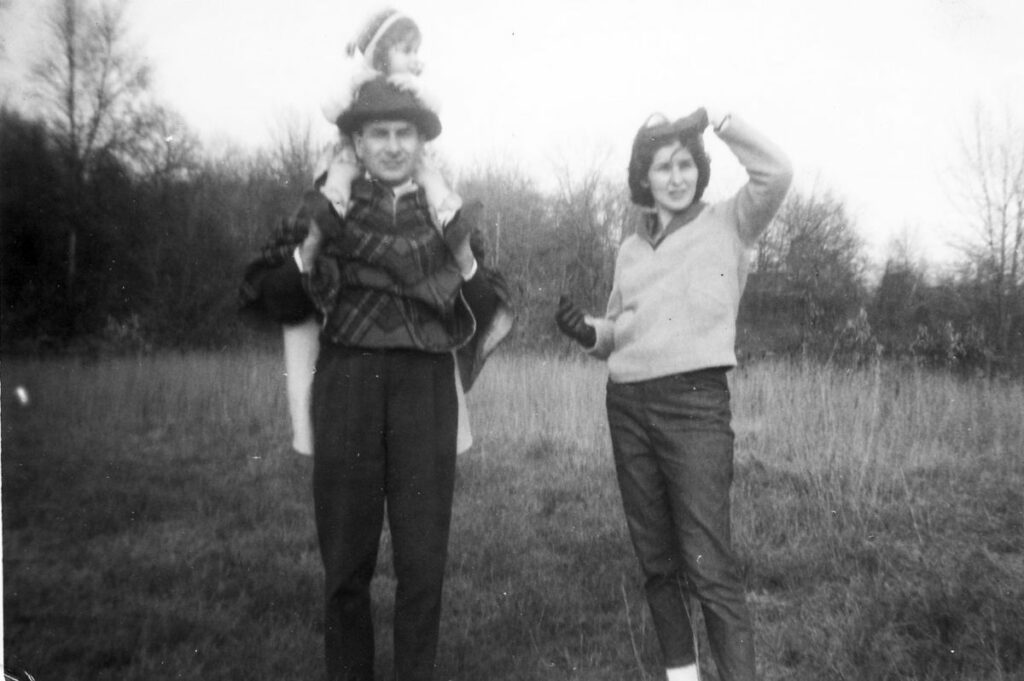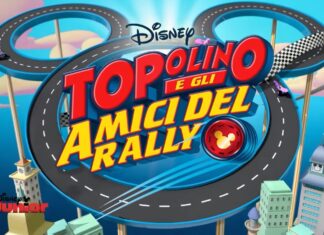Italian American literature isn’t just pasta and meatballs on the page; it’s a simmering stew of history, identity, and the vibrant clash between tradition and the American dream. It’s a testament to the enduring spirit of a community that has carved its place in American culture, its stories echoing with the sounds of bustling immigrant neighborhoods, the warmth of family kitchens, and the bittersweet yearning for a homeland left behind.
From Humble Beginnings to Literary Powerhouses
The roots of Italian American literature can be traced back to the experiences of the first wave of Italian immigrants in the 19th century. Early works like Joseph Rocchietti’s “Lorenzo and Oonalaska” and the memoirs of Lorenzo Da Ponte laid the groundwork for exploring the challenges of immigration. These narratives wrestled with cultural assimilation, the search for belonging, and the often-harsh realities of starting anew in a foreign land.
The Golden Age: Celebrating and Confronting the Italian American Experience
The 20th century witnessed a golden age for Italian American literature. Influential voices like Pietro di Donato, with his gritty portrayal of working-class life in “Christ in Concrete,” and Jerre Mangione’s evocative “Mount Allegro,” brought the vibrant texture of Italian American neighborhoods to life. They captured the joys of family celebrations, the deep respect for tradition, and the struggles for economic security that defined their communities.
Other giants of the era, such as John Fante (“Ask the Dust”) and Helen Barolini (“The Dream Book”), delved deeper into the complexities of identity. Fante’s protagonists grappled with the weight of family expectations and the allure of the American dream, while Barolini explored the tension between liberating oneself from the past and the enduring hold of cultural heritage.

Beyond the Cannoli: Italian Americans in the Literary Landscape Today
Italian American literature continues to evolve in the 21st century. Established authors like Don DeLillo, whose works like “White Noise” often weave Italian heritage into his broader narratives, demonstrate the enduring presence of this rich cultural background in contemporary American fiction.
Meanwhile, a new generation of writers is taking the baton and pushing the boundaries. J.D. Vance’s memoir, “Hillbilly Elegy,” explores the complexities of class and identity within the Italian American experience, while Teresa Cristina’s “Campfire” tackles issues of gender, sexuality, and family dynamics with a fresh perspective.
A Tapestry of Themes: What You’ll Find in Italian American Literature
Italian American literature is more than just immigration narratives. It’s a rich tapestry woven with threads of resilience, family loyalty, the power of community, and the bittersweet ache of nostalgia. You’ll find explorations of:
- The Immigrant Experience: The initial struggles, triumphs, and cultural clashes faced by Italians coming to America.
- Family Dynamics: The tight-knit bonds, generational divides, and the importance of family tradition in Italian American life.
- The Search for Identity: Navigating the space between Italian heritage and American assimilation, often leading to a complex sense of self.
- Social Issues: Italian American writers tackle themes of class, gender, sexuality, and the evolving definition of the “American Dream” within their communities.
Where to Begin Your Culinary (Literary) Journey
Ready to delve into this vibrant literary world? Here are some authors to get you started:
- Classic Voices: Pietro di Donato, Jerre Mangione, John Fante, Helen Barolini
- Modern Masters: Don DeLillo, Donna Tartt (whose “The Secret History” features prominent Italian American characters)
- Contemporary Storytellers: J.D. Vance, Teresa Cristina
This list is merely a starting point. As you explore Italian American literature, you’ll discover a multitude of voices, each with a unique story to tell. So grab a metaphorical fork, dive into this rich stew of experiences, and discover the enduring legacy of Italian American writers.













